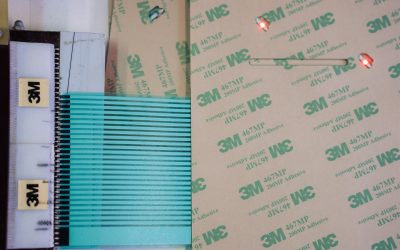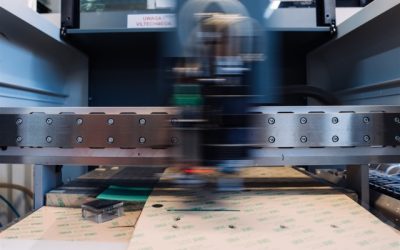People
Printed Electronics in Your Product Strategy
Meet Andrzej. He used to paint houses, work in a flower shop, and fix tires. One day he said “enough” and followed his childhood dream—he became a train driver. It’s a serious job that takes years of training and full focus. A train is not like a car—you don’t turn it...
Cost Optimization in Purchasing – Without Losing Quality
In times of rising material prices, inflation, and unstable supply chains, purchasing departments face a tough question: how can we cut costs without losing quality? This article gives real strategies for smart purchasing in medium and large manufacturing...
How to Effectively Use Printed Electronics in a New Project
Imagine you are a project manager at an automotive company. You have six weeks to build a prototype of a new touch interface. The client wants it to be modern, lightweight, backlit, and functional even when wearing gloves. Standard technology requires excessive...
Green Electronics: How to Reduce Carbon Footprint and Meet ESG Requirements?
Clients and regulators no longer accept traditional production methods. The answer to these changes could be printed electronics—a technology that reduces CO₂ emissions, lowers material use, and boosts a company’s competitiveness.
TCO in Electronics: How to Really Lower Purchase Costs and Avoid Unexpected Expenses?
Buying decisions in the electronics industry involves more than checking unit prices. In production companies, the Total Cost of Ownership (TCO) is what really matters. It includes all costs related to using a component—from buying and logistics to its effect on the production line and risks of delays.
Roll-to-Roll vs. Sheet-to-Sheet: Which Method Should You Choose for Your Project?
Choosing the right production technology for electronic components is crucial for final quality, costs, and process efficiency. For engineers, deciding between Roll-to-Roll (R2R) and Sheet-to-Sheet (S2S) methods isn’t just about speed – it also depends on technical limits and material requirements.





